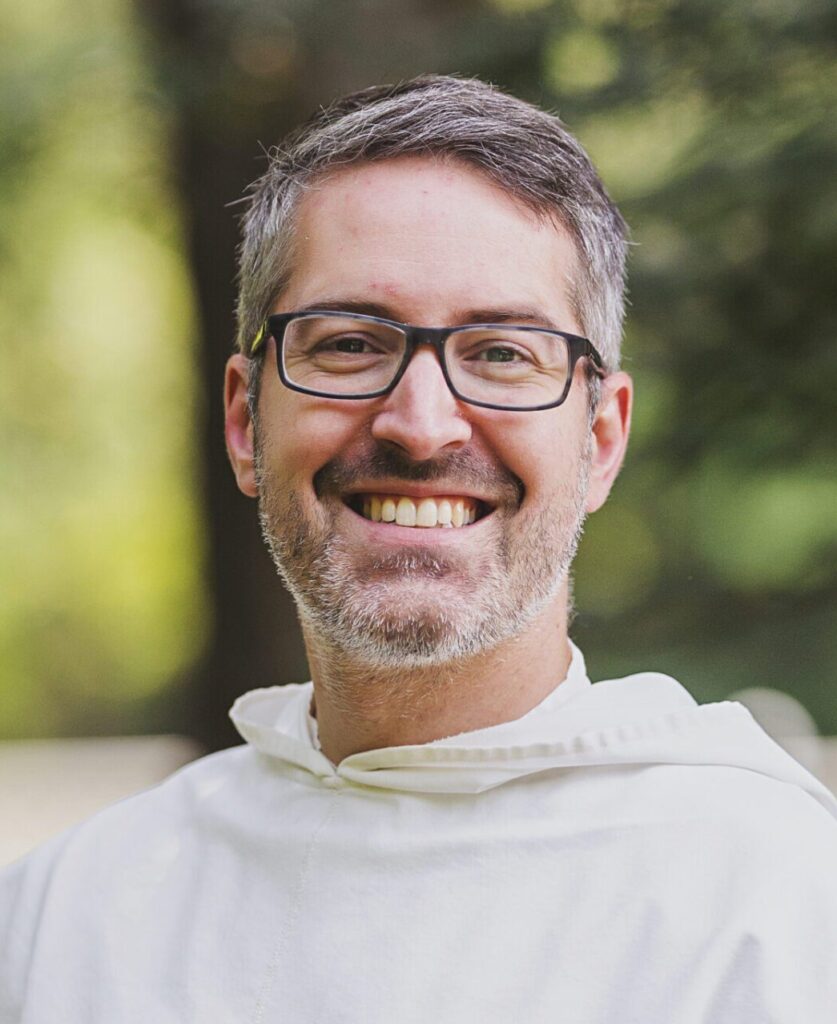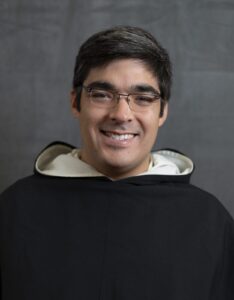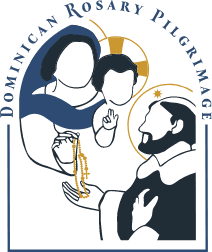Sábado 27 de septiembre | 9:00 a. m. – 6:30 p. m.
Basílica del Santuario Nacional de la Inmaculada Concepción, Washington, DC
Acompaña a los Frailes Dominicos y a miles de católicos de todo el país en una peregrinación para honrar a Nuestra Señora y su Rosario. Será un día de predicación, oración, adoración eucarística, confesiones, y culminará con la celebración de la Misa de Vigilia.
Este año, habrá un programa especial en español dirigido por el Padre Josemaría Guzmán-Domínguez, O.P., y el Rosario será rezado en español, inglés y latín. Y habrá confesiones en español.
Para ver el programa completo del día, haz clic aquí.
Desde ya, te invitamos a unirte espiritualmente rezando por el éxito de la peregrinación y por todos los que participarán. Puedes descargar la tarjeta de la Novena del Rosario en español para acompañar tu oración. Descárgala aquí.
También hemos preparado un volante en español para ayudarte a invitar a otros. Puedes imprimirlo o compartirlo en tu comunidad. Descárgalo aquí.
Para más información, reflexiones sobre el Rosario y videos mensuales, síguenos en @DominicanRosary y visita esta página con frecuencia.
Te esperamos en Washington, D.C., para rezar el Rosario bajo el manto de María.
El Padre Josemaría Guzmán-Domínguez, O.P.
El Padre Josemaría Guzmán-Domínguez, O.P., es el Capellán y Director de la Comunidad Católica en Johns Hopkins University y vicario de la parroquia SS. Philip and James en Baltimore, MD. Nació en Caracas, Venezuela y en el 2004 se mudó a Long Island, NY con su familia. Estudió Literatura Italiana en la Universidad de Notre Dame (IN). De ahí Dios lo llamó a la Orden de los Frailes Dominicos. Al Padre Josemaría le encanta rezar, predicar, y celebrar los sacramentos en español, su lengua materna. ¡Está muy contento por la invitación a dar los temas en español en la Peregrinación del Rosario este año!




